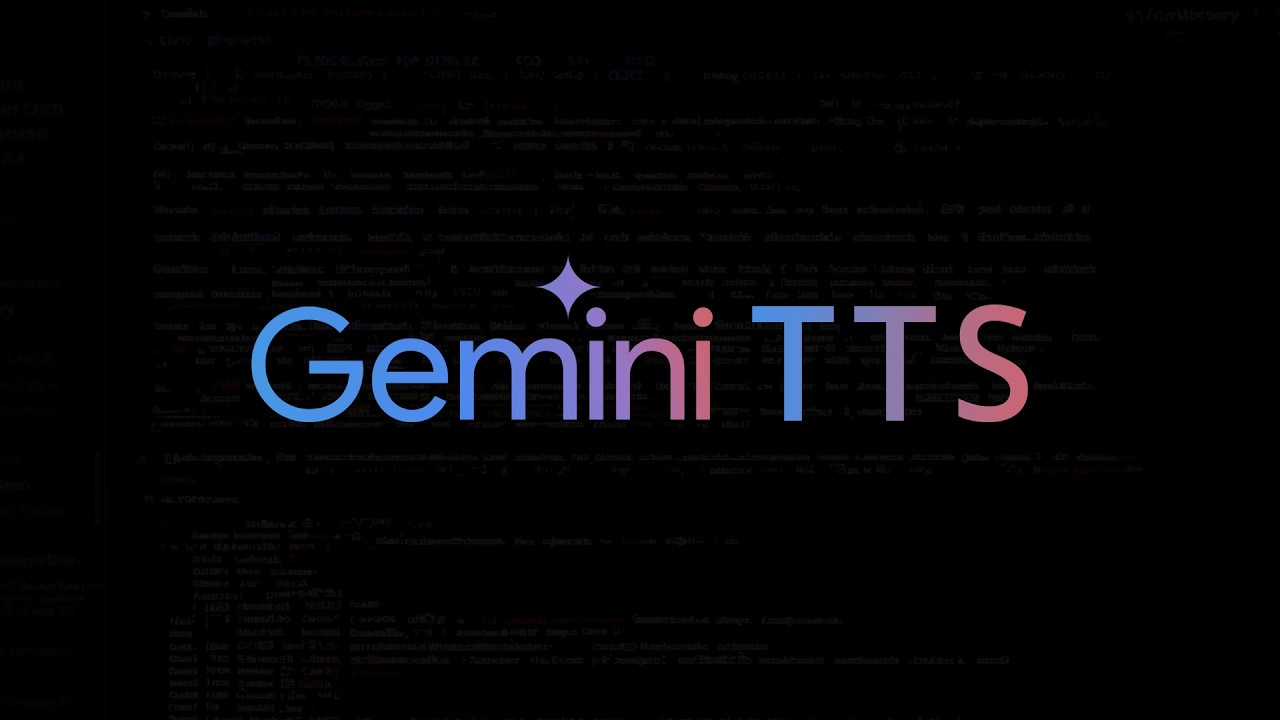The video introduces Google’s Gemini TTS system with native audio output, highlighting its capabilities for high-quality, customizable, and multi-speaker speech synthesis suitable for applications like podcasts and dialogues. It demonstrates how to access and implement Gemini TTS via API and Google Colab, showcasing its potential for creating realistic, styled, and multi-voice audio content, while emphasizing its current preview status and encouraging experimentation.
The video discusses the recent release of Google’s Gemini TTS system with native audio output, announced at Google I/O and initially previewed in December with Gemini 2.0. This new feature allows for high-quality, customizable speech synthesis directly from the model, enabling both single and multi-speaker text-to-speech (TTS) capabilities. The presenter highlights that this technology can be used to create realistic multi-person dialogues, such as podcasts, with the ability to control speech styles, emotions, and nuances through prompts.
The presenter demonstrates how to access and utilize Gemini TTS via the Google AI Studio interface, where users can generate speech by selecting voices and listening to different options. However, the main focus is on how to implement this programmatically using code, specifically in Google Colab. He emphasizes the importance of having the latest Gemini API, setting up the environment, and retrieving available models. The process involves defining prompts that specify how the speech should sound, such as excited, whispering, or laughing, and configuring voice and speech settings accordingly.
The video provides a detailed walkthrough of generating speech from text using the API, including how to handle response data, convert it to base64 if needed, and play the resulting audio. The presenter shares example prompts and shows how adjusting the instructions can influence the tone and style of the generated speech. He notes that the system is stochastic, meaning outputs can vary with different temperature settings, and that prompts can be crafted to produce more natural or exaggerated effects, though sometimes it may overact.
A significant feature discussed is multi-speaker TTS, which allows for creating conversations or podcasts with multiple voices. The presenter demonstrates generating a simulated podcast transcript involving two speakers, each assigned a specific voice. By passing in the dialogue and speaker configurations, users can produce multi-voice audio that mimics real conversations, including interruptions and emotional cues. This capability opens up creative possibilities for producing synthetic dialogues, storytelling, or multi-person content with minimal effort.
In conclusion, the presenter emphasizes the potential of Gemini TTS for creating realistic, styled, and multi-speaker audio content, such as podcasts or audiobooks. He encourages viewers to experiment with the system, adjust prompts for better naturalness, and explore different voices and configurations. While noting that the system is currently in preview and pricing details are unclear, he highlights the advantages of cloud-based synthesis versus open-source models, especially for complex multi-speaker scenarios. The video ends with a call for feedback and invites viewers to share their experiences and ideas for using this innovative technology.
